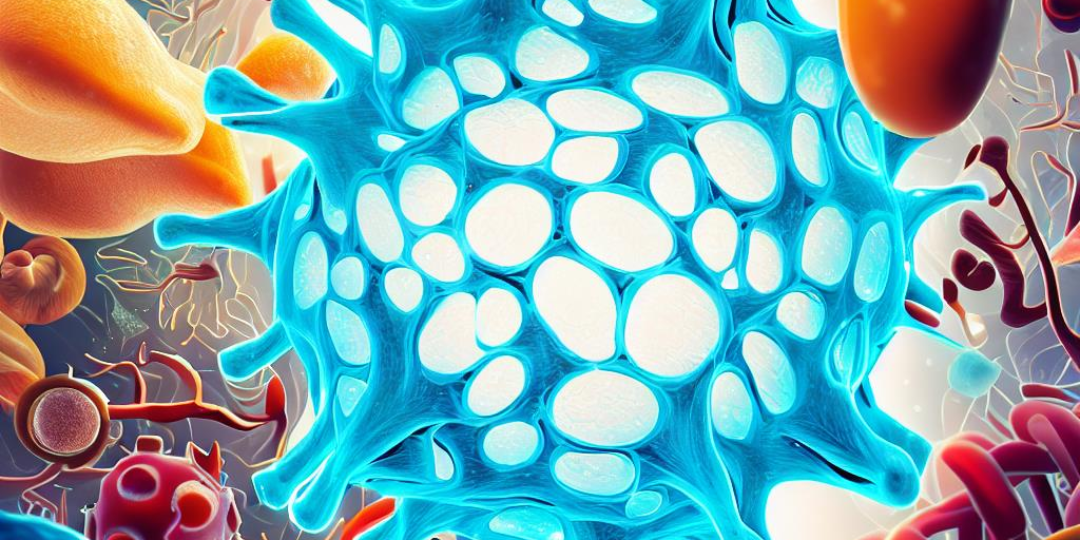
Recent estimates show that, in countries with a Western lifestyle, the percentage of cancers attributable to modifiable causes (such as smoking, diet, and environment) ranges from 35% to 60% depending on various studies. Both the positive and negative effects of diet on carcinogenesis have been known for a long time.
In 1989, Stephen DeFelice, president of the Foundation for Innovation in Medicine, defined what a nutraceutical is, i.e., oral products containing high concentrations of food-derived active ingredients that provide health benefits in a preventive and therapeutic way.
These concepts form the basis of onconutrition, i.e. the study of the mechanisms by which diet influences the occurrence of neoplastic diseases. It can significantly contribute to the identification of chemopreventive and chemotherapeutic pathways and enhance the understanding of crucial aspects of carcinogenesis and tumor behaviour.
Every food contains nutrients, those components that not only nourish but also support the body and its functions. Alongside these, are other substances that, despite their limited nutritional value, can positively influence health and provide benefits to those who take them. These include dietary fiber, enzymes, pigments like carotenoids, chlorophyll, flavonoids, vitamin-like substances, and other minor compounds.
Oncological nutrition based on these principles can be useful in supporting the immune system, in reducing the side effects of major chemotherapies, and synergizing anticancer therapies.
Every dietary choice can be either harmful or beneficial in both health and disease conditions. In fact, potentially carcinogenic substances (such as aflatoxins, fumonisins, nitroso compounds) are present in food. Therefore, it is necessary to focus on foods that hinder the action of carcinogens from food.
The use of fibers is an important tool in cancer prevention, with lignans playing a significant role. Lignans are found in the coloured parts of plants, such as flowers and fruits, flaxseeds, sesame seeds, cereals (especially rye), certain vegetables, as well as legumes and berries. The anticancer effect of lignans is based on both their antioxidant activity and their structural similarity to estradiol and Tamoxifen (synthetic anti-oestrogen). Spices also play a key role in hindering cancer-promoting processes, including Rosmarinus officinalis (rosemary), cloves, and cinnamon.
According to the World Health Organization, over half of the world’s population suffers from micronutrient malnutrition (MNM). This situation is attributed to a diet poor in essential elements based on “staple crops” (rice, maize, and wheat), which, despite meeting the calorie requirements, have insufficient bioavailability of essential micronutrients. When reducing calorie intake, attention must be paid to the qualitative composition of the diet, taking into account the crucial role played by vitamins and minerals.
In fact, the link between selenium, vitamin E, vitamin C (the three main antioxidants) taken in the diet, and cancer prevention was demonstrated in July 2012 (Banim 2012).
Despite numerous epidemiological and especially experimental studies that have correlated lipid intake and cancer, the issue remains largely unresolved. Indeed, there are numerous components to take into account in cancer development, including diet, lifestyle, and genetic factors.
However, lipids and their metabolites may play a direct role in oncogenic signaling through several mechanisms described below:
- Lipid stimulation of bile acid secretion and metabolism of cytotoxic secondary bile acids in the colon induces damage to colon epithelial cells, resulting in cell hyper-proliferation. These factors are believed to promote tumour development.
- Bile acids stimulate the release of arachidonic acid and its conversion to prostaglandins, potentially interfering with normal regulatory mechanisms of cell proliferation.
- Polyunsaturated fatty acids (PUFAs) are probably a good target for free radicals generation. Lipid peroxidation involving them leads to the formation of exocyclic propano and malondialdehyde, which are capable of forming DNA adducts (Chaudhary 1994).
- Excess dietary fat accumulates in adipose cells, resulting in aromatase increased activity, an enzyme that catalyzes the conversion of androgens into oestrogens. This indirect pathway may be responsible for increased breast cancer development (O’Neill 1988).
- Oxidized low-density lipoproteins (LDL) may promote cellular transformation via the NF-κB pathway (Hirsch 2010).
- Overexpression of monoacylglycerol lipase, an enzyme involved in lipolysis, can increase the migration, invasion, and survival of cancer cells (Nomura 2010).
Diet is not only able to change the amount and composition of body fat but also influences the tumour microenvironment, metabolic and cell signaling mechanisms involved in oncogenesis. It is not only important to control the amount and distribution of body fat and intervene with a diet to minimize its accumulation as much as possible but also to choose the type of fats and dietary substances that may trigger other processes (primarily inflammation). This could be an effective strategy in the prevention, diagnosis, and integrative nutritional therapy of tumours (Ferreri 2020).
Stay tuned for the next findings, and if you’re interested in scientific evidence of Integrative Medicine don’t miss the opportunity to attend ICIM 2023, because these and many other topics will be covered in depth.